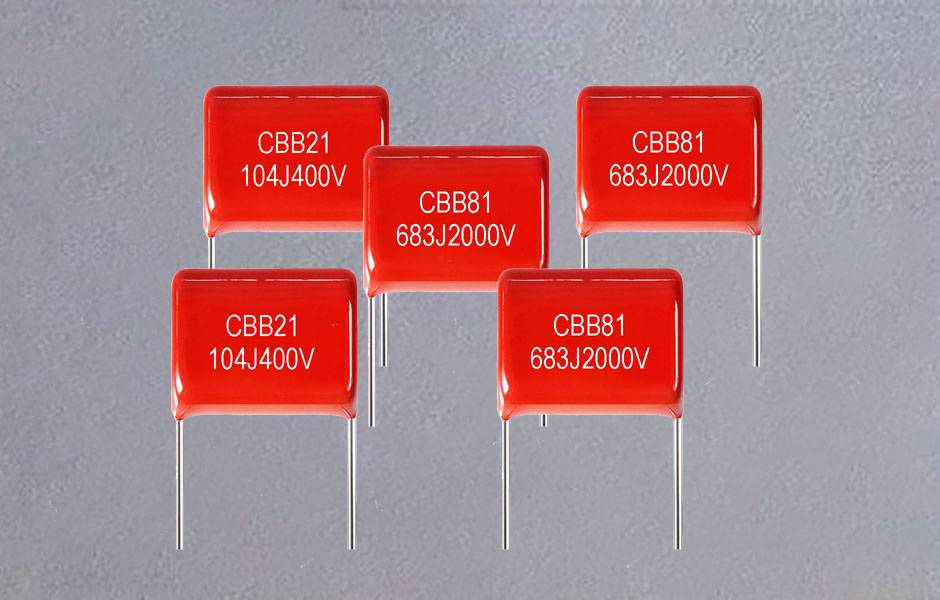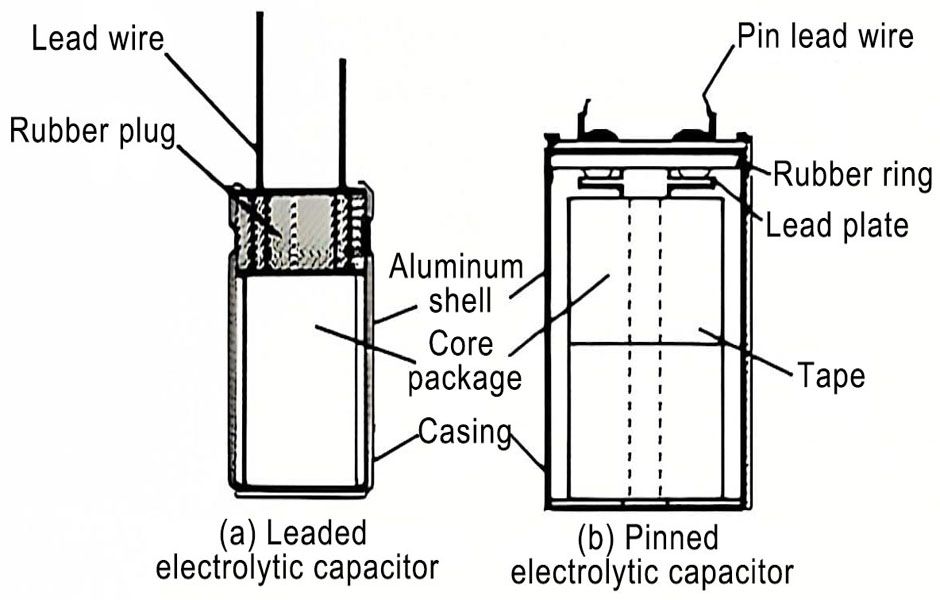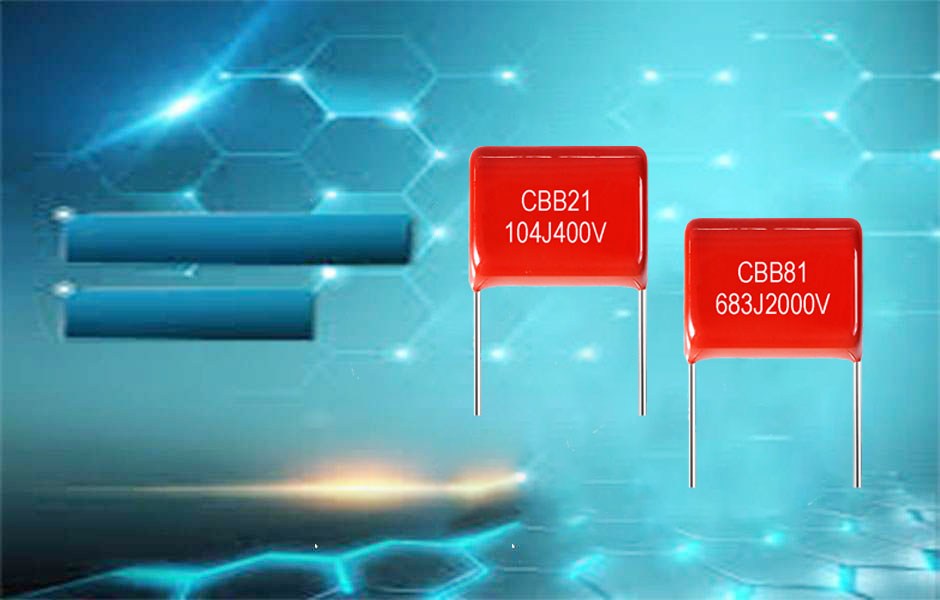What is an electrolytic capacitor
Electrolytic capacitor is a kind of capacitor. The metal foil is the positive electrode (aluminum or tantalum), and the metal oxide film (aluminum oxide or tantalum pentoxide) close to the positive electrode is the dielectric. The cathode is made of conductive materials and electrolyte (the electrolyte can be liquid or Solid) and other materials are composed together. Because the electrolyte is the main part of the cathode, the electrolytic capacitor is named after it. At the same time, the positive and negative electrolytic capacitors cannot be connected wrongly.
Characteristics of electrolytic capacitors
1. The capacitance per unit volume is very large, tens to hundreds of times larger than other types of capacitors.
2. The rated capacity can be very large, which can easily be tens of thousands of μf or even a few f (but not comparable to the electric double layer capacitance).
3. The price has an overwhelming advantage over other types, because the constituent materials of electrolytic capacitors are common industrial materials, such as aluminum and so on. The equipment for manufacturing electrolytic capacitors is also common industrial equipment, which can be produced on a large scale with relatively low cost.
Electrolytic capacitor application:
- Polarized electrolytic capacitors usually play a role in power supply circuits or intermediate frequency and low frequency circuits for power supply filtering, decoupling, signal coupling, time constant setting, and DC blocking. Generally cannot be used in AC power circuits. When used as filter capacitors in DC power circuits, the anode (positive) should be connected to the positive terminal of the power supply voltage, and the cathode (negative) should be connected to the negative terminal of the power supply voltage. , Otherwise it will damage the capacitor.
- Non-polar electrolytic capacitors are usually used in speaker frequency divider circuits, TV S correction circuits and single-phase motor starting circuits.
- Electrolytic capacitors are widely used in household appliances and various electronic products, with a large capacity range, generally 1~33000μF, and a rated working voltage range of 6.3~700V. Its disadvantages are medium loss, large capacity error (the maximum allowable deviation is +100%, -20%), poor high temperature resistance, and prone to failure due to long storage time.
- The polarity of the electrolytic capacitor, pay attention to the “-” on the side of the electrolytic capacitor for negative and “+” for positive. If the positive and negative electrodes are not marked on the electrolytic capacitor, it can also be judged according to the length of its pins. Is positive, short leg is negative




